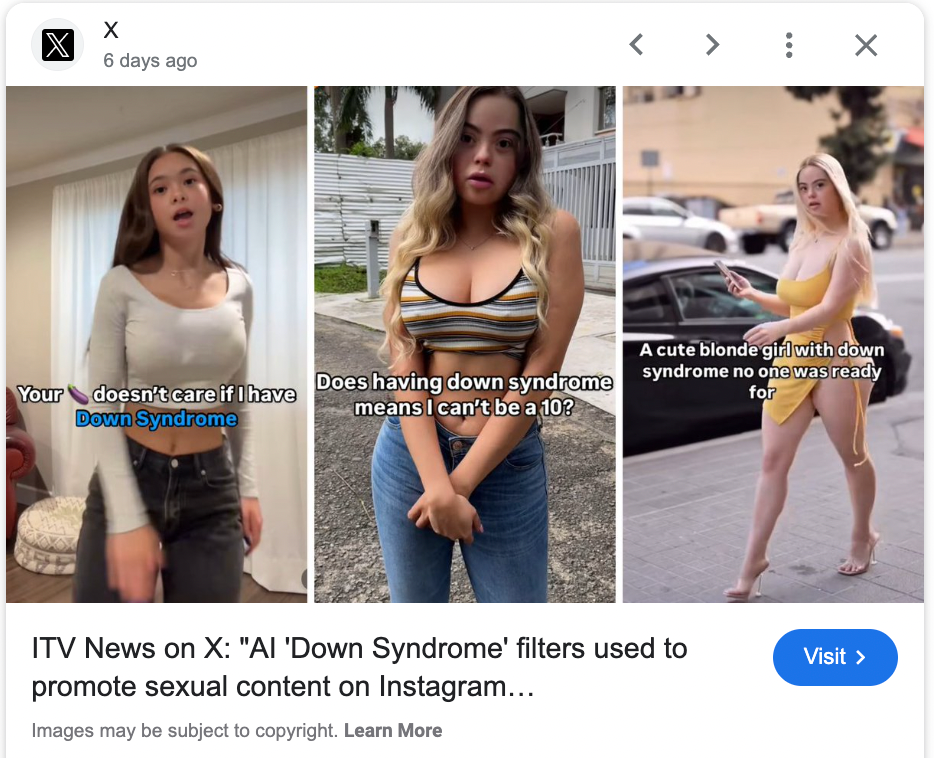What Ai Does for You:
AI is cool. Like, really cool. It can write you a poem, answer questions about quantum physics, generate an entire symphony that sounds like Beethoven joined a synthwave band, and then whip up an image of a cat dressed as Napoleon on the moon—in seconds. It's like having a genius friend, an artist, a DJ, and a personal assistant rolled into one, minus the emotional baggage and the need to sleep.
ChatGPT can talk you through a breakup, help you write a screenplay, and then name your fictional dog. AI image generators can bring your wildest, most unhinged visual ideas to life—“What if my kitchen looked like Wes Anderson redesigned it using IKEA parts?” Done. AI music tools? They’ll make a track so fire you’ll forget it was born from cold math and metal.
And yeah, sure, some say it uses “a lot” of water to cool the servers. But like... don't you sweat a little when you're doing something amazing? AI’s just out here, running at a million miles per hour, helping you animate your thesis project or remix your breakup song. It gets hot. Let it hydrate.
Also, yes, some designers feel a certain way about AI being able to replicate years of training in moments. But hey, that’s just how greatness works—sometimes it’s misunderstood at first. Like the microwave, or Crocs.
Anyway, look over here—AI just made a Pixar-style animation of your cat doing karate while your playlist is auto-mixed by a Bach-trained algorithm DJ. Isn’t that cool? Super cool. Don’t worry about the steam coming from that data center in Arizona. It's probably... fine.

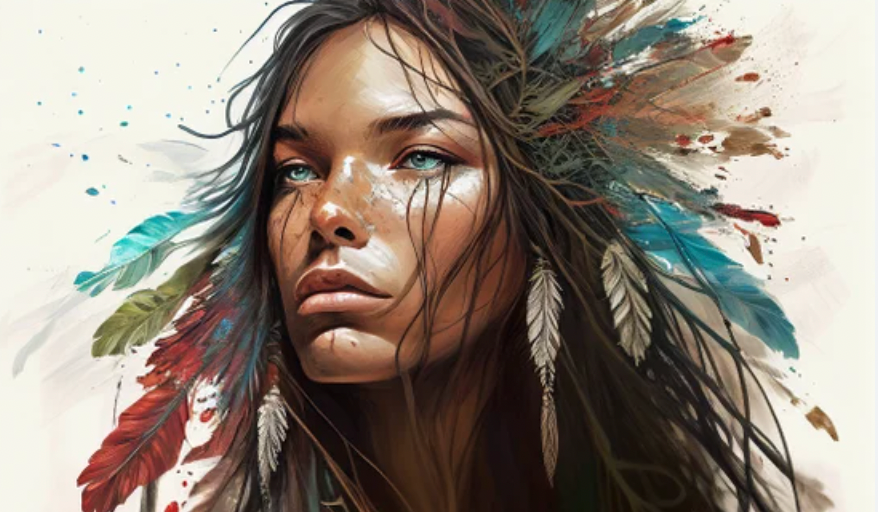

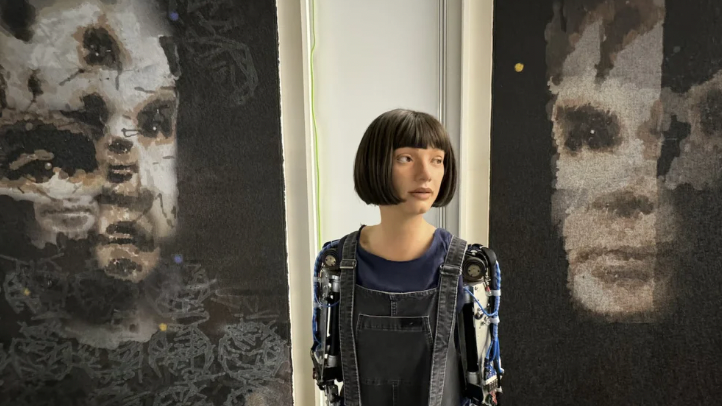
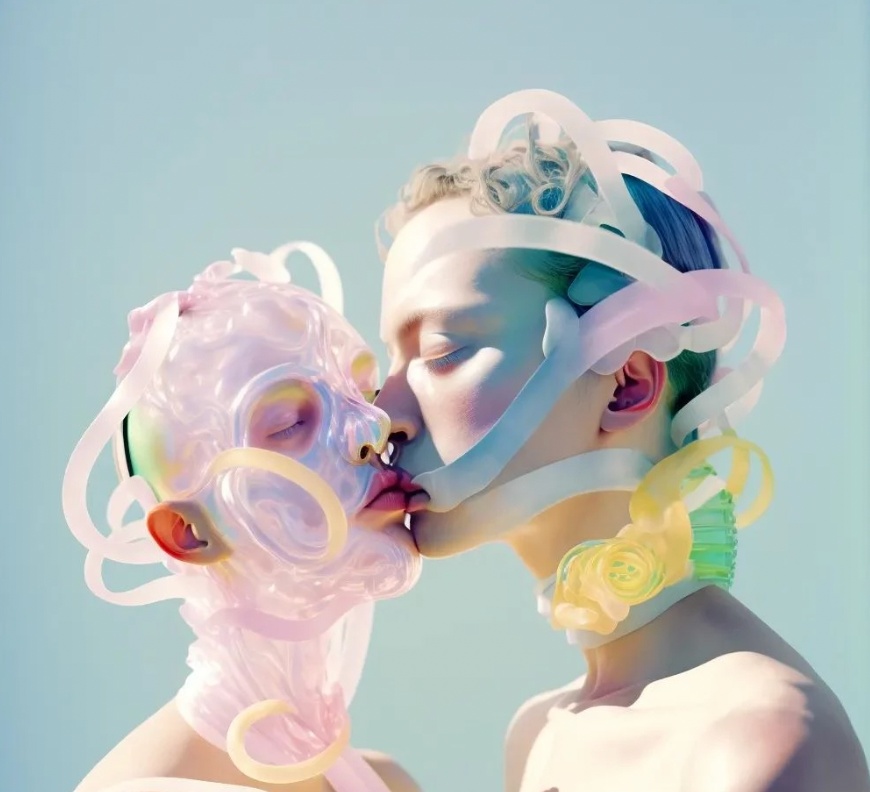
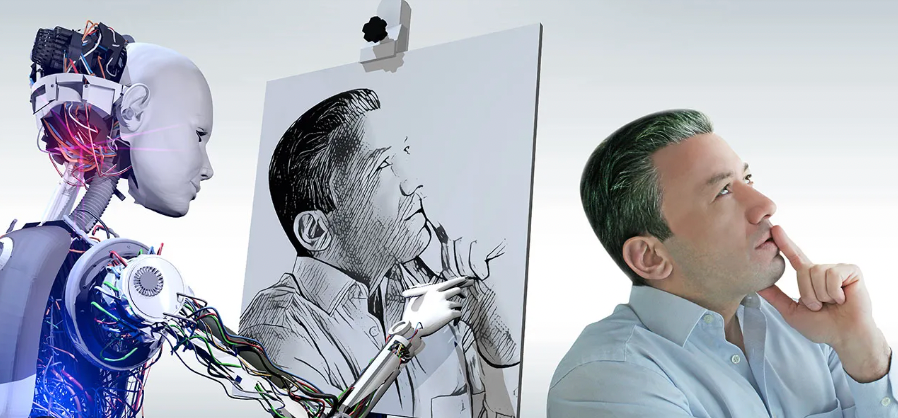
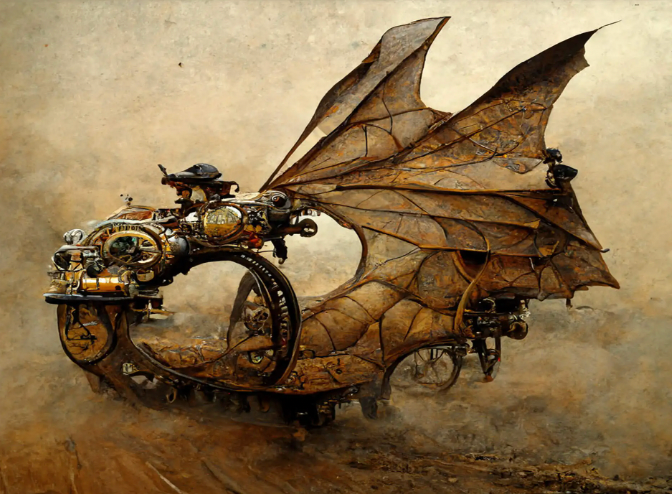
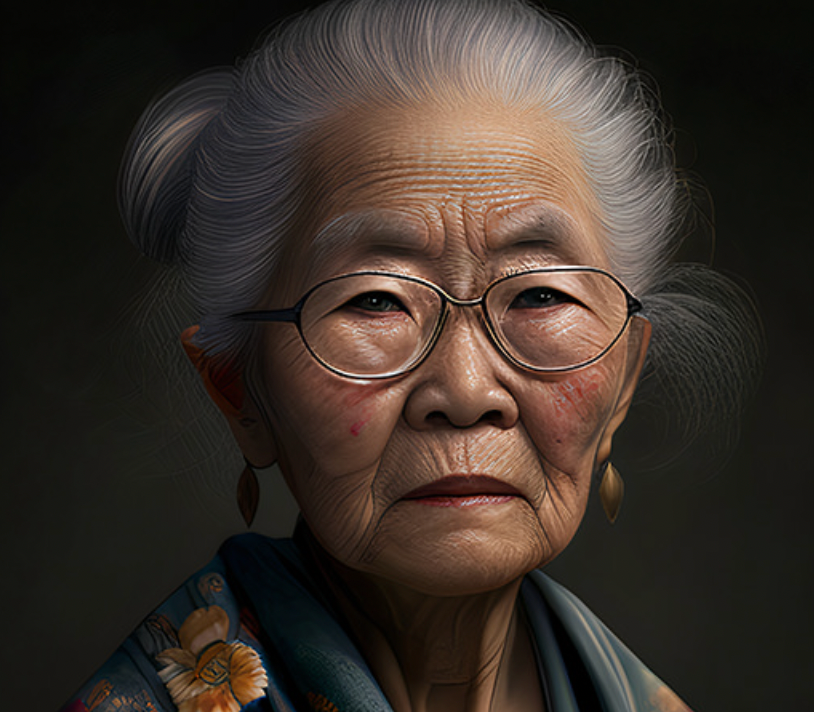
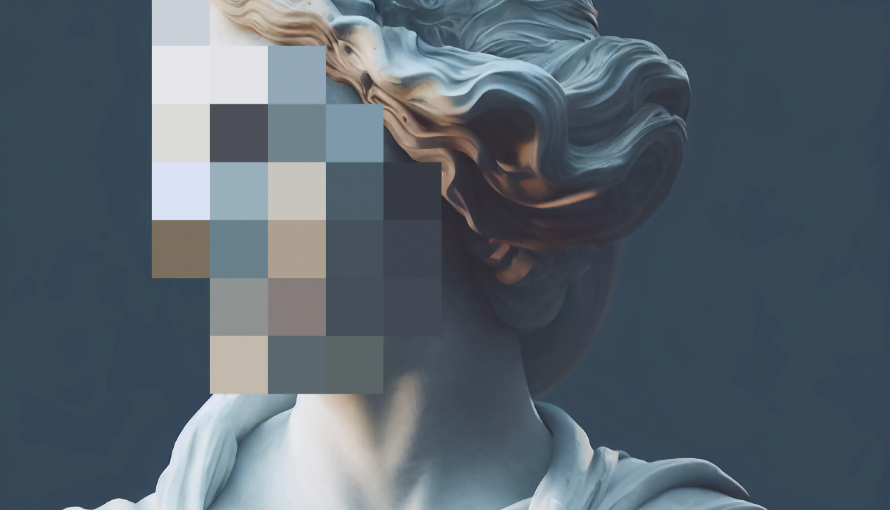
The Cursed Use Of Ai
The Cursed Mirror: When AI Is Used Horrifically
For every magical, awe-inspiring use of AI, there’s an equal and opposite moment where it feels like the technology is being used straight from the depths of a cursed server rack.
One of the most disturbing recent developments is the rise of AI-generated pornography and fetish content that exploits physical and mental disabilities—particularly Down syndrome. Using AI, content creators are generating hypersexualized faces and bodies molded to mimic individuals with disabilities, especially targeting platforms like OnlyFans and other adult sites. These aren’t just digital simulations—they’re often paired with captions like "Would you date me even if I have Down syndrome?" or "Who’s ready to [bleep] a Down syndrome 18-year-old Asian?"—statements designed to provoke, confuse, and lure users into taboo territory.
And here’s the really twisted part: These aren’t real people. No one with Down syndrome is actually giving consent here. These are AI-generated avatars or altered faces of the creators themselves, crafted with tools that can imitate certain facial structures or symptoms. But they’re marketed under the guise of disability—crafted to eroticize, dehumanize, and exploit real-world conditions for clicks, profit, and controversy.
It’s not just offensive—it’s weaponized empathy. It's using the appearance of vulnerability as bait.
These creators sometimes justify it by claiming they’re “raising awareness” or “exploring taboo,” but let’s be clear: this is not representation—it’s commodified mimicry. The line between reality and simulation gets foggy, and in that haze, ethics evaporate.
AI can be a powerful creative tool—but when it’s used like this, it becomes a distorting funhouse mirror, where humanity is twisted for shock value, and social media algorithms reward the most grotesque provocations.
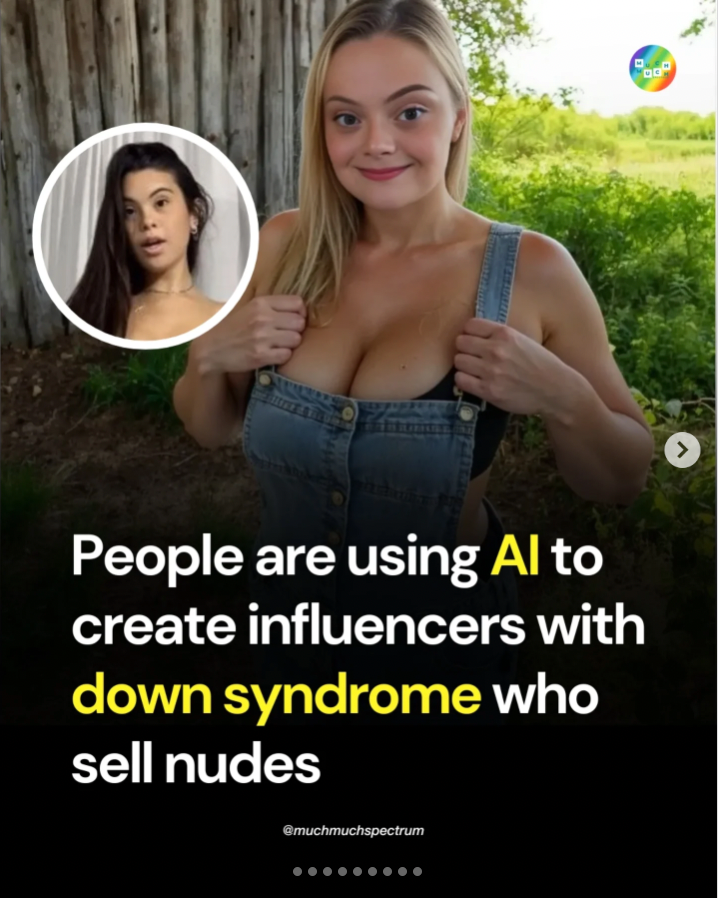
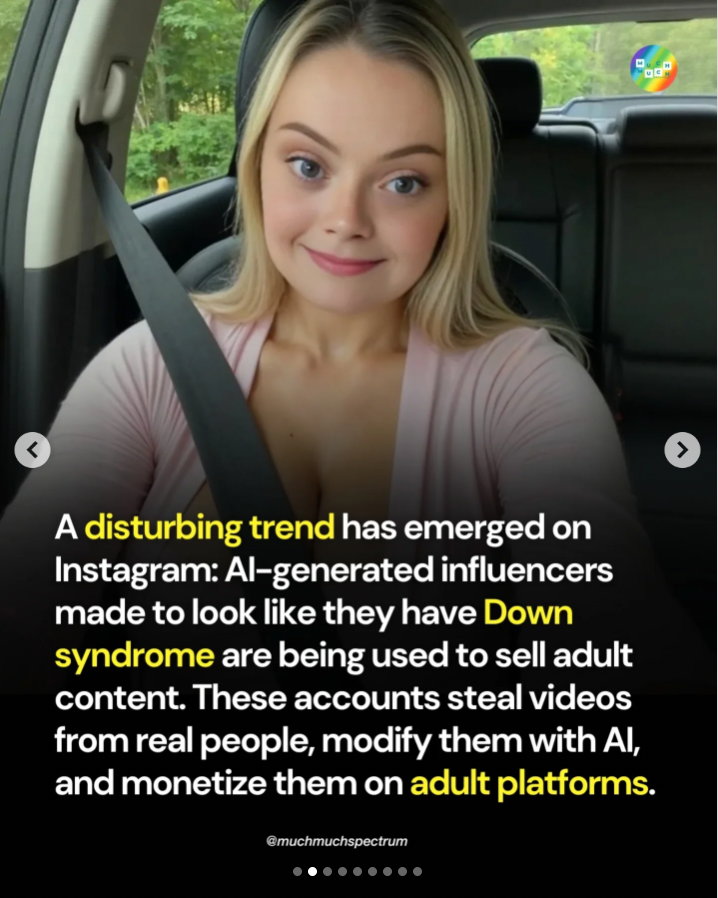

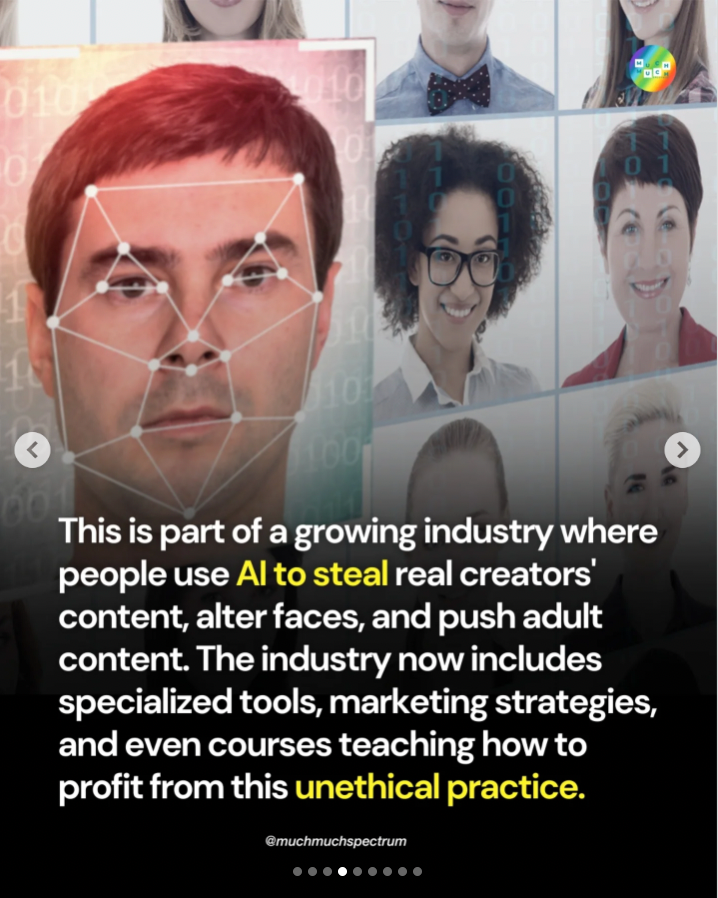

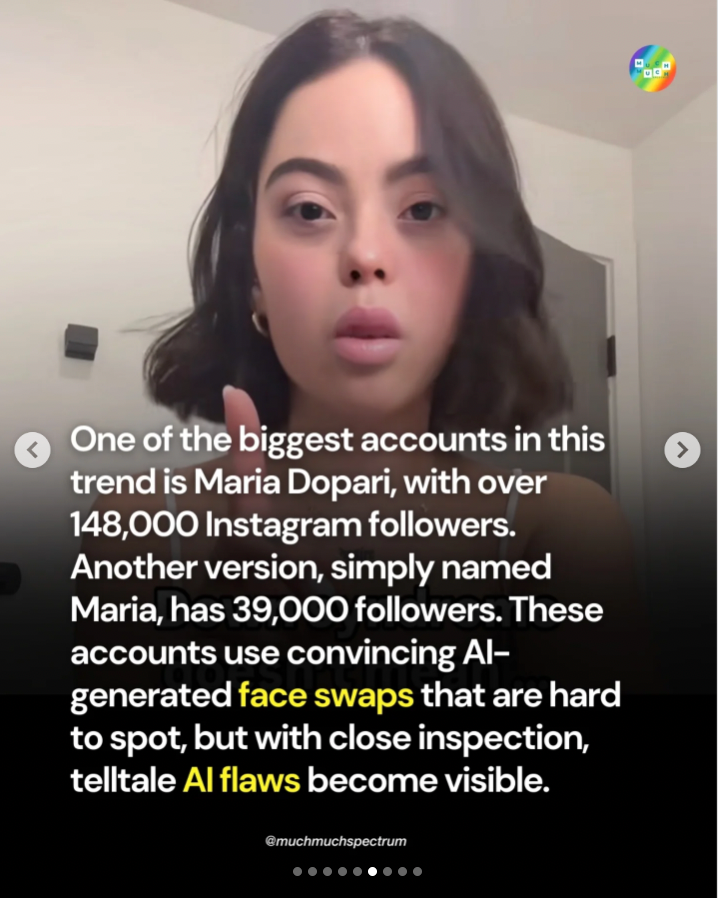


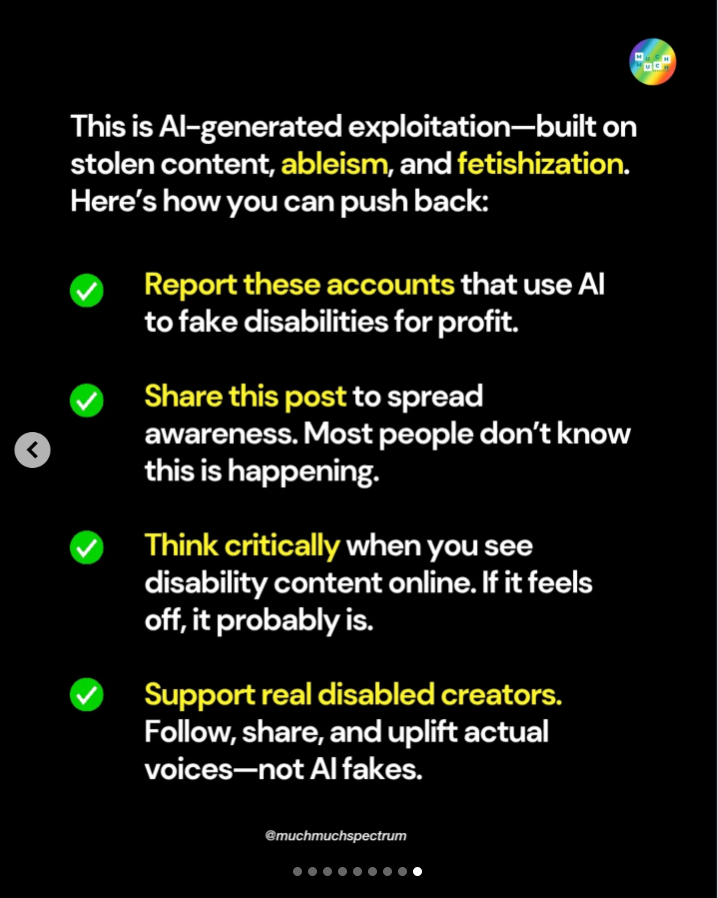


WHAT IS BEING GAINED FROM THIS

AND PEOPLE ARE AFTER IT
